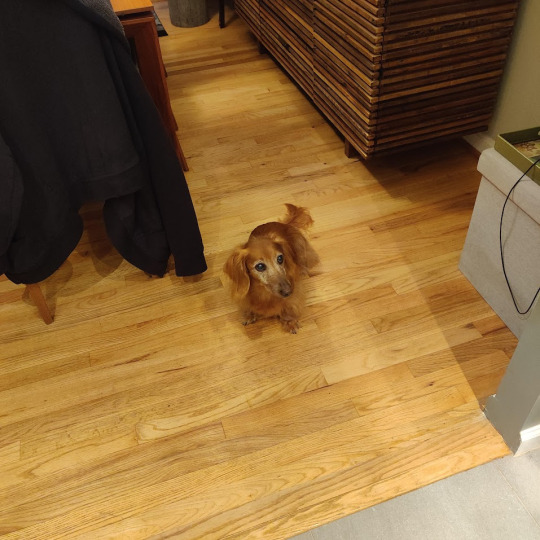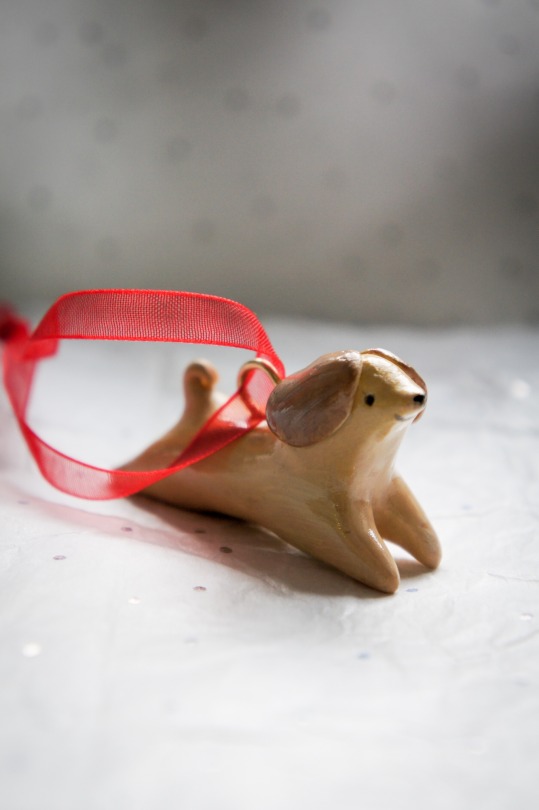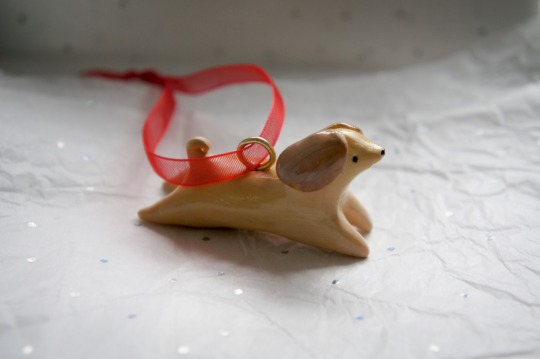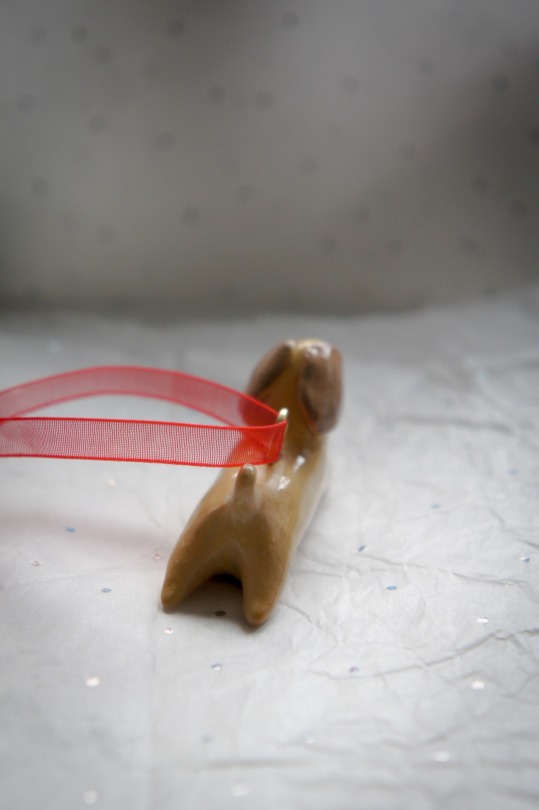#small dachshund
Explore tagged Tumblr posts
Text

Someone’s a little late for Trick or Treat! 🎃
Jjongkkuri as Colossal Titan 👹
🧸ྀི 𝓙𝓳𝒐𝒏𝒈𝑲𝒌𝒖𝒓𝒊 ⋆˚🐾˖°
10 𝖼𝗆 𝖽𝗈𝗅𝗅 ⋆ 𝖽𝖺𝖼𝗁𝗌𝗁𝗎𝗇𝖽 𝜗𝜚˚⋆
Pre-Order period ᴏᴄᴛ: 25 ~ ɴᴏᴠ 15
🟤 ᴏʀᴅᴇʀ ғᴏʀᴍ ʟɪɴᴋ tinyurl.com/Jjongdoll
🟤 ᴀʟᴛᴇʀɴᴀᴛᴇ ʟɪɴᴋ mintypalette.carrd.co
♡ + share + comments are appreciated 🐕ᯓ
GROUP ORDER
🇲🇽 MEXICO: https://tinyurl.com/jjongdollmexico
🇲🇾 MALAYSIA: https://t.me/its1of1cart/1094
🇸🇬 SINGAPORE: https://t.co/4GdiDPjNMu
🇮🇹 ITALY: https://www.instagram.com/kimjonghyunitaly/
(Pls direct message Kim Jonghyun Italy in Instagram to ORDER)
INTEREST CHECK FOR UK/EU:
Please let them know you are interested to buy so they will open a group Order for EU/UK. Thank you!
IG: dru_shawol x/twitter: Adruati
#so fun to draw jjong's halloween costumes ~#shinee#jonghyun#kim jonghyun#dahshund#jjongkkuri#artists on tumblr#illust#animation#fanart#AOT#colossal titan#aot#attack on titan#small dachshund#10 cm doll#kpop doll#bertoldt#bertoldt hoover
3 notes
·
View notes
Text

Dachshunds are so adrawable
Pen and watercolour in my (non watercolor paper) scrapbook
#dachshund#sausage dog#wiener dog#art#artists on tumblr#artwork#traditional art#illustration#sketchbook#kidlit#small artist#watercolor#sketch#dog#teckel#dogs of tumblr#pets#pet portrait#dogs
34 notes
·
View notes
Text
why does my dog look so fucking small

58 notes
·
View notes
Text
PSA don't watch dog agility videos for hours before bed or you'll have dreams about adopting new puppies
#ouh fuck...#if you're curious it was a pair of longhaired dachshunds... the small ones#fully mundane dream just me at home going ''damn was this a bad financial decision though?" at home#me in my literal dreams playing with puppies going “but can I afford this...”#sergle.txt#if I wasn't broke then this dream would've been enough to convince me to start looking for dachshunds in my area
107 notes
·
View notes
Text

just two girls being goofy 🤪
#my art#artists on tumblr#furry#sfw furry#furry fandom#furry oc#furry art#digital art#dachshund fursona#sphynx cat fursona#silly art#oc art#clown furry#furry community#furry anthro#furry character#fursona#oc#small artist#anthro#dog fursona#cat fursona#dog furry#cat furry#safe fur work
26 notes
·
View notes
Text


Long Dog in the Rain
#art#artists on tumblr#my art#illustration#acrylic painting#acrylic#acrylic pens#poscapaintmarkers#poscamarkers#poscaart#poscapens#posca illustration#posca markers#posca#posca pens#posca paint markers#dog art#dog painting#dachshund#dachsundlove#weiner dog#tiny art#tiny painting#small artist#mini art#mini painting
3 notes
·
View notes
Text


Shmol
40 notes
·
View notes
Text

Audrey, the family puppy, no matter how old she actually is❤️
Watercolor.
#art#artists on tumblr#artists of tumblr#small artist#independent artist#traditional art#traditional artist#watercolor#painting#drawing#illustration#portrait#pet portrait#animal#dog#dachshund#pet#mutt
12 notes
·
View notes
Text

Had to share this warm moment!
Dads recliner. Three cats and a small dachshund mix. How many dogs do y’all know that will cuddle with cats?
17 notes
·
View notes
Text

mr pawsford goes to space
#oc#original character#non fandom oc#original species#non fandom#artists on tumblr#small artist#dog#dog art#cute dog#space art#space aesthetic#cartoon dog#corgi#chow chow#poodle#dachshund#twink oc#femboy oc#cute art#casimir mening#mr pawsford#mr pawsford and friends
21 notes
·
View notes
Text

“What do you do when your heart is tired? I just chill out, 𝑜ℎ 𝑏𝑎𝑏𝑦”
— Just Chill by Jonghyun
🧸ྀི 𝓙𝓳𝒐𝒏𝒈𝑲𝒌𝒖𝒓𝒊 ⋆˚🐾˖°
10 𝖼𝗆 𝖽𝗈𝗅𝗅 ⋆ 𝖽𝖺𝖼𝗁𝗌𝗁𝗎𝗇𝖽 𝜗𝜚˚⋆
Pre-Order period ᴏᴄᴛ: 25 ~ ɴᴏᴠ 15
🟤 ᴏʀᴅᴇʀ ғᴏʀᴍ ʟɪɴᴋ tinyurl.com/Jjongdoll
🟤 ᴀʟᴛᴇʀɴᴀᴛᴇ ʟɪɴᴋ mintypalette.carrd.co
♡ + share + comments are appreciated 🐕ᯓ
GROUP ORDER
🇲🇽 MEXICO: https://tinyurl.com/jjongdollmexico
🇲🇾 MALAYSIA: https://t.me/its1of1cart/1094
🇸🇬 SINGAPORE: https://t.co/4GdiDPjNMu
🇮🇹 ITALY: https://www.instagram.com/kimjonghyunitaly/
(Pls direct message Kim Jonghyun Italy in Instagram to ORDER)
INTEREST CHECK FOR UK/EU:
Please let them know you are interested to buy so they will open a group Order for EU/UK. Thank you!
IG: dru_shawol x/twitter: Adruati
#hello hello jjong is here again#SHINee#jonghyun#kim jonghyun#jjongd#jjongkkuri#10 cm doll#dachshund#smooth dachshund#poet and artist#artists on tumblr#illust#animation#fanart#digital artist#small artist#art on tumblr
13 notes
·
View notes
Text
Pocket Dog Training 101: Boosting Your Pet's Health and Behavior

What You'll Read in This Blog:
In this blog, you’ll learn everything you need to know about training pocket dogs (small breed dogs) to improve their behavior and overall health. We’ll cover:
What are Pocket Dogs?
Importance of Training Pocket Dogs
Benefits of Pocket Dog Training for Health and Behavior
Basics of Pocket Dog Training
House Training
Obedience Training
Socialization
Advanced Pocket Dog Training
Behavioral Correction
Mental Stimulation
Trick Training
Common Challenges in Pocket Dog Training and Solutions
Training Tips for Different Pocket Dog Breeds
Health Considerations During Training
Tools & Equipment for Pocket Dog Training
Final Thoughts – A Recap of Key Points
What Are Pocket Dogs? Pocket dogs, also known as toy or teacup breeds, are small dogs that weigh between 2 to 9 kilograms. Popular breeds include Chihuahuas, Pomeranians, Shih Tzus, and Pugs. Their small size makes them perfect for apartment living, but they have specific training and healthcare needs that differ from larger breeds.
Importance of Training Pocket Dogs Training is crucial for any dog, and pocket dogs are no exception. While they are small, they can develop behavioral issues like barking, separation anxiety, or stubbornness. Proper training helps:
Prevent behavioral problems
Ensure the dog’s safety
Strengthen your bond
Promote mental and physical health Training also helps avoid frustration for owners by establishing clear communication between you and your pet.
Benefits of Pocket Dog Training for Health and Behavior Training not only shapes your dog's behavior but also has a direct impact on their overall well-being. Let’s explore how training benefits both health and behavior:
Behavioral Benefits:
Improves Discipline: Basic commands like "sit," "stay," and "come" help pocket dogs understand boundaries and rules.
Reduces Anxiety: Dogs that know what to expect tend to be calmer and less anxious, which is essential for pocket breeds that are often sensitive.
Encourages Social Behavior: Early socialization makes pocket dogs more friendly with other pets and people, reducing aggression and fear.
Health Benefits:
Boosts Physical Fitness: Training that involves play or exercises, like fetch or obstacle courses, helps maintain a healthy weight.
Mental Stimulation: Training sessions provide mental exercise, preventing boredom and destructive behaviors.
Prevents Obesity: Active training routines keep your pocket dog moving, which is important for small breeds prone to weight gain.
Basics of Pocket Dog Training Start with foundational training techniques to build good habits in your dog.
4.1. House Training (Potty Training) House training is one of the first things you should work on with your pocket dog. These steps can help:
Set a Routine: Establish a bathroom schedule, taking them out first thing in the morning, after meals, and before bed.
Use a Crate: Pocket dogs respond well to crate training, as it provides a safe space and helps with potty training by using their instinct to avoid soiling their sleeping area.
Positive Reinforcement: Reward your dog every time they go to the bathroom outside with praise or treats.
Limit Water Intake at Night: This can reduce accidents during the night.
4.2. Obedience Training Obedience training includes teaching basic commands:
Sit: Use a treat to guide your dog’s nose upward while gently pushing their back end down.
Stay: After sitting, step back, say “stay,” and reward them when they hold the position.
Come: Call your dog from a distance and reward them when they come to you.
Consistency is key, and regular, short sessions are better than long, sporadic ones.
4.3. Socialization Expose your pocket dog to various environments, people, and animals early on. This helps reduce fear and ensures that your dog will be well-behaved in different settings. Take them to parks, meet other dogs, and introduce them to new sights and sounds.
Advanced Pocket Dog Training Once your pocket dog masters the basics, it’s time to move on to advanced training to further improve behavior and mental sharpness.
5.1. Behavioral Correction Pocket dogs can sometimes develop bad habits like excessive barking or biting. Here’s how you can address these issues:
Barking Control: Train them to follow the “quiet” command by rewarding them when they stop barking. Ignore bad behavior rather than punishing them, as negative attention can reinforce the habit.
Biting Prevention: If your dog starts to bite, say “no” firmly and offer them a toy to redirect their attention.
5.2. Mental Stimulation Pocket dogs may be small, but they need plenty of mental exercise:
Puzzle Toys: Invest in puzzle toys where your dog has to figure out how to get a treat out of a hidden compartment.
Interactive Games: Teach your dog the names of their toys and have them fetch specific ones.
Hide and Seek: Play a simple game of hide and seek, either with yourself or with toys, to keep them engaged.
5.3. Trick Training Once basic obedience is mastered, teach your dog fun tricks like:
Roll Over: Use a treat to guide them into rolling over. Shake Paw: Hold their paw and say “shake” before rewarding them.
Spin: With a treat, encourage them to follow it in a circular motion.
Trick training keeps your dog mentally engaged and strengthens the bond between you.
Common Challenges in Pocket Dog Training and Solutions
Even with training, some challenges are bound to arise. Here's how to handle common issues:
6.1. Stubbornness Pocket dogs can sometimes be willful. If your dog ignores commands:
Stay Consistent: Don’t give in when they resist. Maintain a firm, positive approach.
Shorter Training Sessions: Pocket dogs may have shorter attention spans. Keep sessions to 5-10 minutes to prevent frustration.
6.2. Separation Anxiety Pocket dogs can become overly attached and anxious when left alone.
Crate Training: Crates can help create a sense of security.
Desensitization: Start leaving your dog alone for short periods and gradually increase the time.
Training Tips for Different Pocket Dog Breeds Different breeds have slightly different temperaments, so tailor your approach based on the breed:
Chihuahuas: These dogs are prone to barking. Focus on “quiet” training and early socialization.
Pomeranians: They can be independent, so use plenty of praise and positive reinforcement.
Shih Tzus: Known for their stubbornness, Shih Tzus may need shorter training sessions.
Pugs: Pugs love food, so using treats during training is highly effective, but watch for overfeeding.
Health Considerations During Training Training affects a dog’s health, so consider the following:
Avoid Overexertion: Pocket dogs have small frames, so avoid activities that are too physically demanding.
Joint Protection: Some pocket breeds are prone to joint issues. Avoid excessive jumping or hard landings.
Balanced Diet: Training often involves treats, so make sure your dog’s diet is balanced to avoid obesity.
Hydration: Ensure your dog is always hydrated, especially after training sessions.
Tools & Equipment for Pocket Dog Training Having the right tools can make training more effective:
Leash and Harness: A lightweight harness is better for small dogs, as it won’t strain their necks.
Training Treats: Use small, healthy treats to avoid overfeeding.
Clicker: A clicker can reinforce commands with a sound cue, speeding up learning.
Puzzle Toys: For mental stimulation during breaks.
Final Thoughts – A Recap of Key Points Training your pocket dog is essential for their behavior and health. By starting with basic commands like house training, obedience, and socialization, you set the foundation for a well-mannered dog. Advanced training, including behavioral correction, mental stimulation, and trick training, keeps your pocket dog sharp and happy.
Remember, training should be a fun bonding experience for both you and your dog. Consistency, patience, and a positive approach are the keys to success.
Blog in a Nutshell:
Training your pocket dog is an ongoing process that significantly boosts their behavior and health. By starting with the basics, you help your pet become well-behaved and happy, while advanced training keeps their mind and body active. Whether it’s house training, solving behavioral issues, or teaching fun tricks, a well-trained pocket dog is a healthier, happier pet.
#petlover#dog lover#pet#dog#dogs of tumblr#puppies#dachshund#cute animals#dog training#dog tricks#dog behavior#small dog#Shih Tzu
2 notes
·
View notes
Text
listen I love dogs but people need to stop bringing them places. ma'am that yappy schnauzer is not a service animal, why is he in the grocery store. what the hell are you doing. this isn't a dog park.
#my other pet peeve is people bringing dogs to art and street fairs lol.#like oh yeah an area that is so congested with people that everyone's bumping into each other...#perfect place for you to bring your 90-pound huge dog that probably doesn't like being squished#OR your tiny dachshund that many people will nearly step on because it's so small#there was this really ritzy art street fair my family would drive to when we were younger and it was in a nice area?#and it was literally like the westminster dog show. like you'd see dalmatians and malamutes and greyhounds and great danes#and I was just like. okay did you people come here to see art or come here to show off your purebred#anyways I'm a dog person I literally have a dog and love him to death even though he's weird as hell#but I'm also a firm believer that 1. dogs do not belong everywhere and 2. many dog owners are not GOOD dog owners
22 notes
·
View notes
Text




Little caramel hand sculpted flying dachshund doxie sculpture. Hand sculpted from polymer clay. Find me on Instagram for more new seasonal inspired artwork @thisspeckledwood
#dachshund#doxie#christmas#decorations#tiny sculpture#animals#illustration#small sculpture#sculpey#polymer clay
9 notes
·
View notes
Text


sketches from when i was designing doodle 💕💕
#my art#artists on tumblr#safe fur work#furry#furry oc#furry fandom#small artist#sfw furry#furry art#oc#oc art#anthro#furry anthro#furry character#fursona#dog furry#dog fursona#dachshund furry#dachshund fursona#sketches#doodle
14 notes
·
View notes
Text
I’m sorry I keep promising to write, I’ve just been so exhausted everytime I have time to bc of my job and dog boarding business 😭
#{ I’m working over 40 hrs every single week so }#{ and dealing with 2-3 crazy dogs at a time in my home }#{ 5 including my two dachshunds }#{ I’m thankful my small business is doing so well but GOD I’ve gotten some very difficult dogs lately }#||❧ нανє уσυ нєαя∂ σƒ тнє нιgн єℓνєѕ? ;; ooc ☙||
2 notes
·
View notes